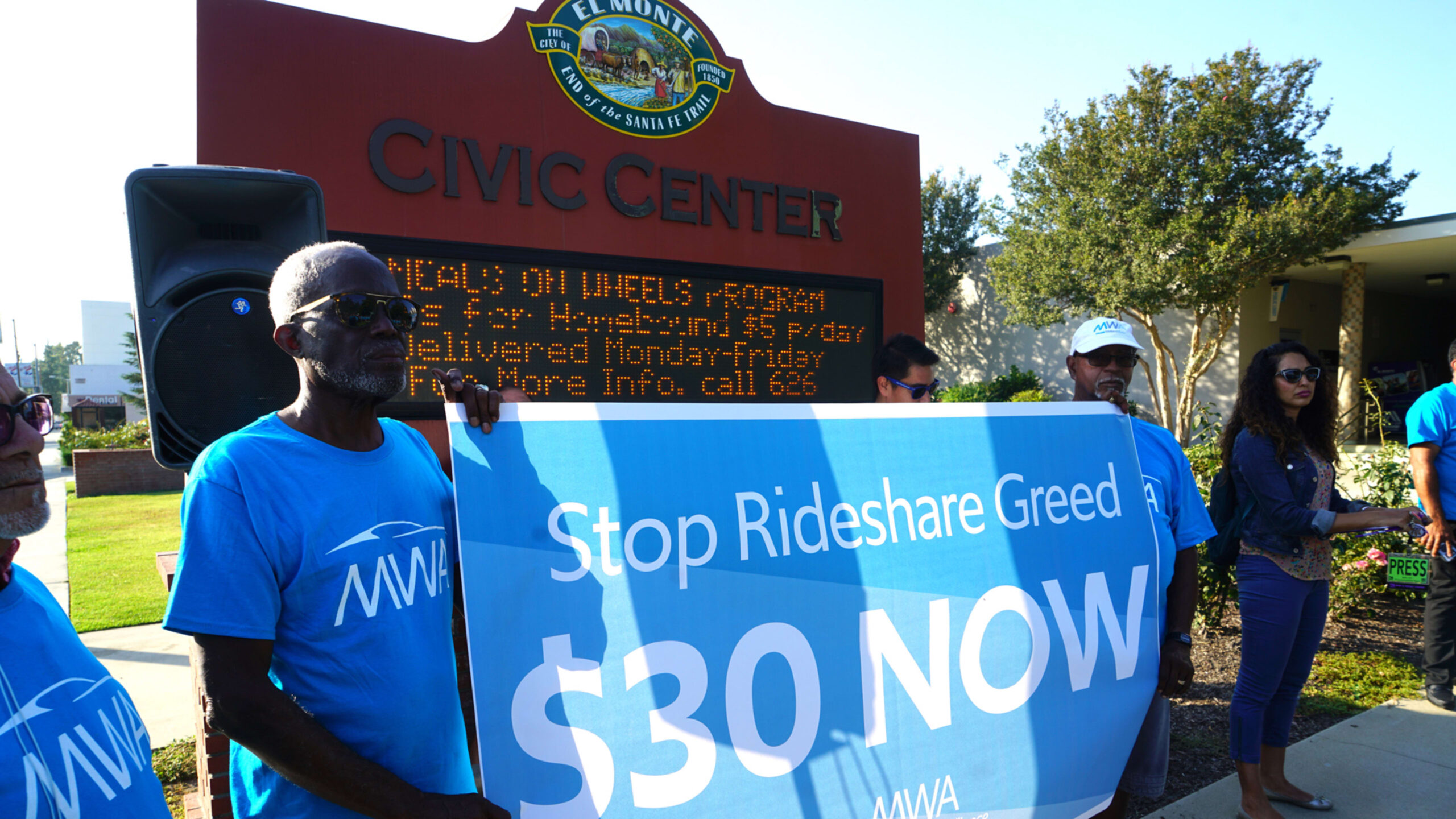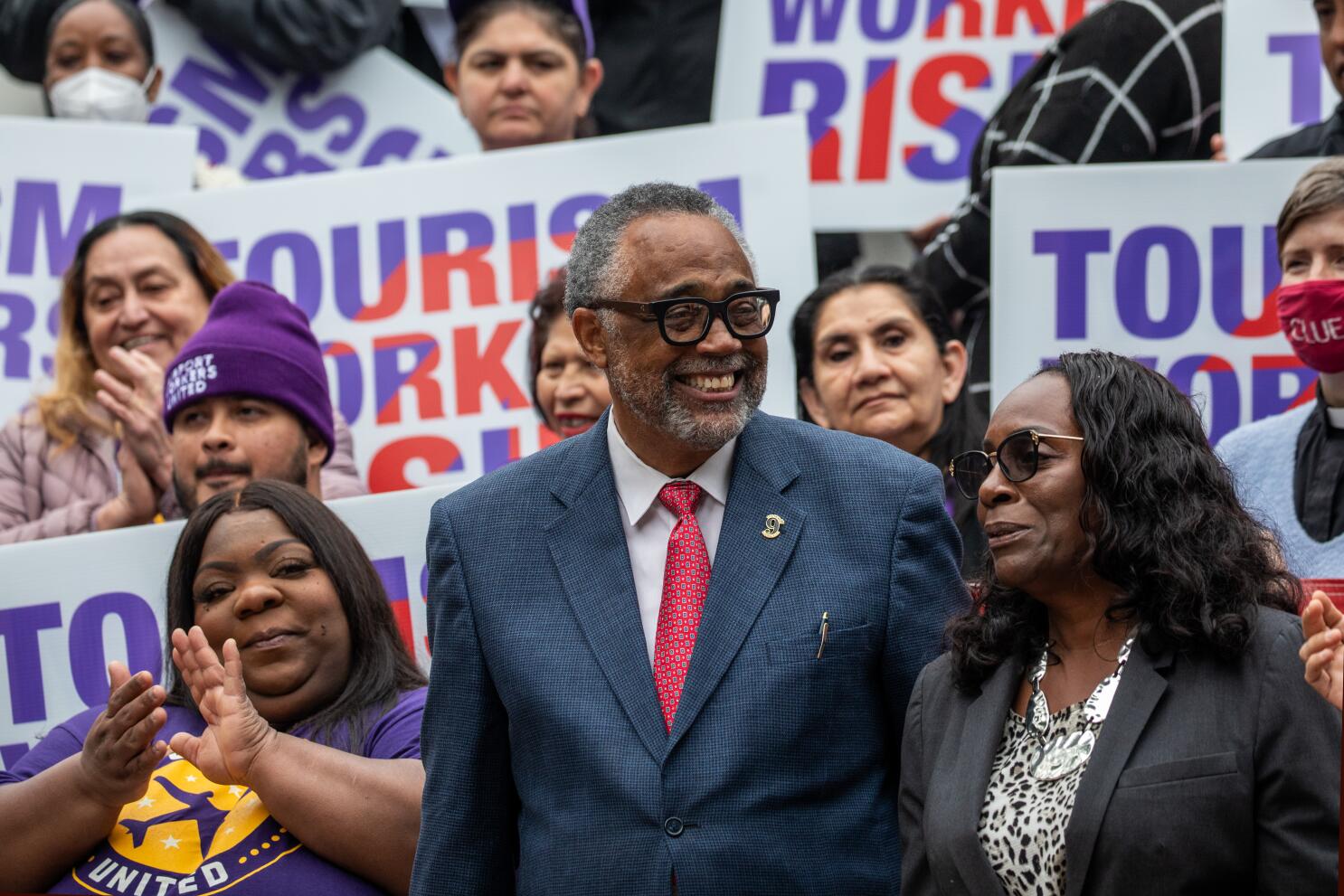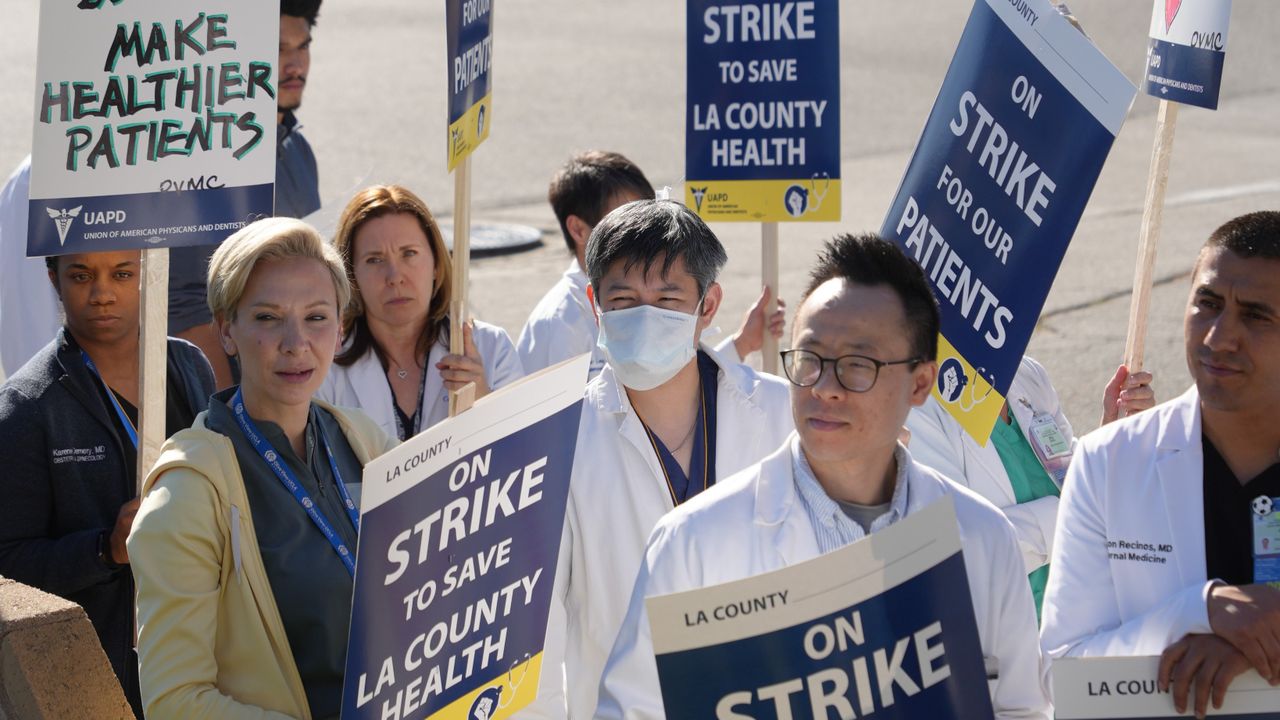California has long been at the forefront of the minimum wage debate in the United States, pushing the envelope on workers’ earnings in a bid to align with the state’s high cost of living. Recently, the state implemented a $20 minimum wage, a significant increase that has sparked a fresh wave of discussions about economic sustainability and the future of labor in the Golden State.

The conversation around minimum wage in California is rapidly evolving, with labor groups now advocating for a $30 hourly rate. This push is partly driven by local measures such as the one in Long Beach, where hotel workers’ wages are set to increase to $29.50 by 2028. Similarly, discussions in Los Angeles suggest a potential $30 minimum wage for airport workers by the same year. These targeted increases reflect a growing consensus that even $20 per hour falls short in meeting the basic living requirements in several parts of the state.
This move towards higher wages is not without its detractors. Critics argue that such increases could have dire economic consequences, particularly for small businesses. The cascading effect of wage hikes has already been observed, with nearly 10,000 fast-food jobs lost following the rise to a $20 minimum wage. This trend underscores the delicate balance between improving worker compensation and maintaining employment levels across sectors.
Economic Impact and Business Response
The impact on businesses, especially in sectors like healthcare, hospitality, and fast food, has been profound. Many small enterprises are struggling to adapt, with layoffs and reduced hours becoming increasingly common. Moreover, the necessity to manage rising operational costs is pushing some businesses towards automation—a trend that could redefine job roles and availability in the coming years.
With California being a hub for technological innovation, the shift towards automated systems such as ordering kiosks and robotic kitchen assistants is seen as a viable solution for some. However, this transition introduces its own set of challenges, including significant initial investments and the potential erosion of the customer service experience that defines much of the retail and food service industries.

The Consumer Perspective and Industry Adaptation
Amidst these wage discussions, consumer preferences are also shifting. The trend towards healthier, more nutritious eating options is gaining traction, particularly in a health-conscious state like California. Fast food chains, traditionally reliant on speed and low costs, are finding it necessary to adapt to these changing consumer demands or risk losing their customer base to fresher, home-cooked alternatives.
The industry’s response has been mixed, with some brands exploring menu diversifications and others doubling down on cost-efficiency measures. The broader implication is a fast food sector at a crossroads, where the ability to innovate could determine survival.

Looking Ahead: The Future of Labor in California
As California continues to navigate these complex economic waters, the outcomes will likely resonate beyond its borders, setting precedents for wage policies nationwide. The drive towards a $30 minimum wage encapsulates a broader struggle to balance economic viability with social equity, a theme that is becoming increasingly relevant in today’s economic climate.
The state’s journey offers valuable insights into the potential future of labor markets globally, highlighting the intricate dance between advancing technology, evolving market demands, and the imperative to sustain a living wage in one of the world’s most dynamic economic landscapes.










